Danish playing cards - Tarock trumps
Two versions of trump no.15 depicting the Thorvaldsen Museum.
Below: two versions of trump no.15 depicting the Thorvaldsen Museum, completed in 1848. In the Salomon editions (right), Arabic numerals replace the Roman ones.
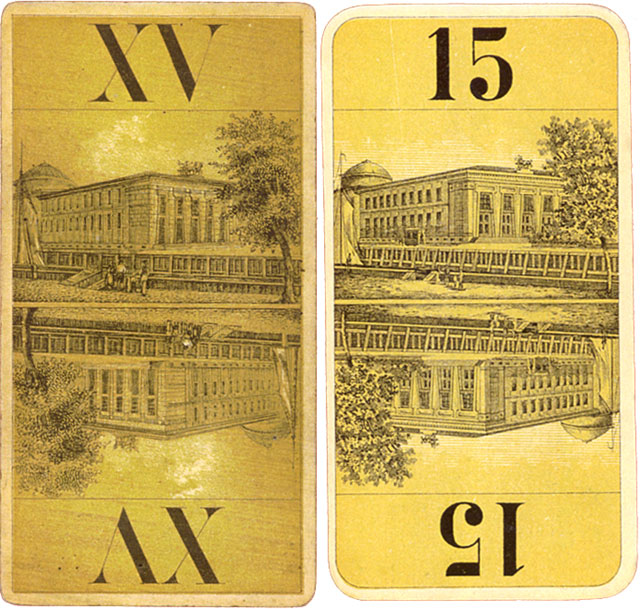
Images courtesy Hans Jørgen Hinrup and notes taken from his article published in The Playing-Card Vol.31, no.5, IPCS London, March-Apr 2003.
By Simon Wintle
Spain • Member since February 01, 1996 • Contact
I am the founder of The World of Playing Cards (est. 1996), a website dedicated to the history, artistry and cultural significance of playing cards and tarot. Over the years I have researched various areas of the subject, acquired and traded collections and contributed as a committee member of the IPCS and graphics editor of The Playing-Card journal. Having lived in Chile, England, Wales, and now Spain, these experiences have shaped my work and passion for playing cards. Amongst my achievements is producing a limited-edition replica of a 17th-century English pack using woodblocks and stencils—a labour of love. Today, the World of Playing Cards is a global collaborative project, with my son Adam serving as the technical driving force behind its development. His innovative efforts have helped shape the site into the thriving hub it is today. You are warmly invited to become a contributor and share your enthusiasm.

Related Articles
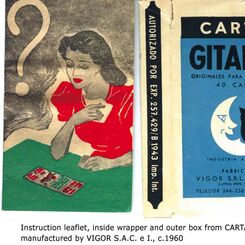
Cartas Gitanas
The designs of these fortune-telling cards are largely taken from nineteenth century Austrian "Rural...
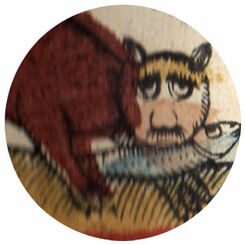
Animal Tarot
Woodblock and stencil Animal Tarot cards, probably of Swiss origin, 2nd half 18th century.
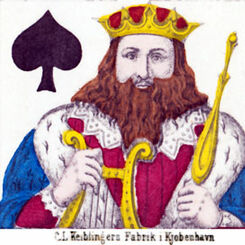
C.L.Keiblinger, Copenhagen 1852-85
C.L.Keiblinger, Copenhagen 1852-85
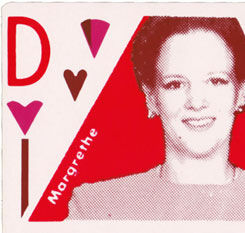
The Game of Four Queens
In 1988 the Danish School of Design set the examination project to design a pack of playing cards. T...
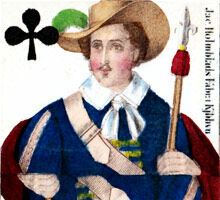
Jacob Holmblad c.1830
An amazing difference can be seen between the early and the later Jacob Holmblad packs, covering a t...
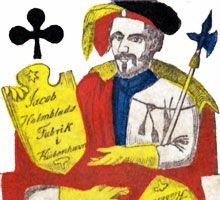
Jacob Holmblad, 1820s
The Q♥ has a butterfly net in which she has caught four hearts. Many of Holmblad's designs were repl...
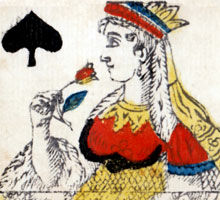
Jacob Holmblad c.1820
Standard woodblock and stencil deck produced by Jacob Holmblad with double-ended court cards in the ...

Holmblad Animal Tarot
Instead of the old emblematic designs, the trump cards show illustrations of animals, which could po...
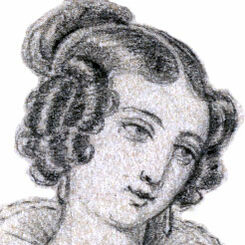
L. P. Holmblad, c.1845
Holmblad ordered his earlier designs to be re-drawn and updated. Comparison of packs from this era s...

Christian IV Anniversary
King Christian IV anniversary pack, designed by Thora Fisker and printed by L. Jevison Junior, 1988....

L. P. Holmblad c.1840
L. P. Holmblad's house pattern used from c.1840. The K♠ carries a harp as in the traditional French-...
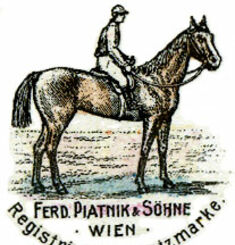
Piatnik Tarock
Deck of "Industrie und Glück" or "Rural Scenes" tarock cards manufactured by Ferd Piatnik & Söhne, V...
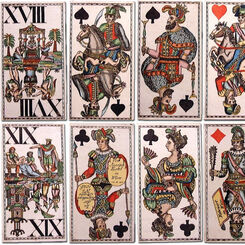
Estel Tarok
J. Estel Tarok, 1820.
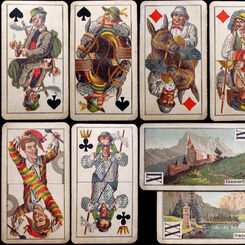
Pittner Tarok
Ferd Pittner, Tarok Cards
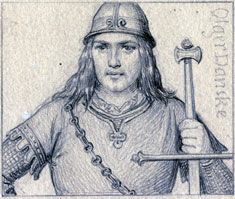
L. P. Holmblad - Denmark
Cards from c.1850 by L. P. Holmblad showing fantasy historical Danish Kings and Queens.
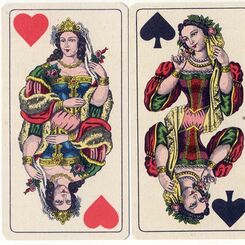
Adametz, Vienna
Cards from a 54-card "Austrian Tarock" or "Industrie und Glück Tarock" pack made by Franz Adametz of...
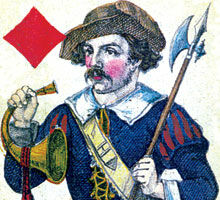
Danish Tarok Cards - Holmblad, c.1850
The traditional animal images on tarok decks are here substituted by images of buildings from Copenh...
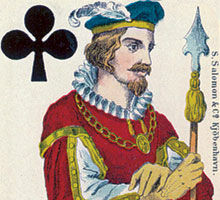
Danish Tarok Cards - Salomon & Co., c.1906
Danish Tarok cards published by S. Salomon & Co., Kjøbenhavn, c.1906.

Animal Tarok by Jean Friedrich Mayer (1752-1783)
Animal Tarok by Jean Friedrich Mayer (1752-1783).
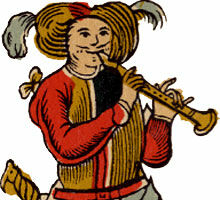
History of Danish Playing Cards
The earliest mention of playing-cards in Denmark dates from 1487 when King Hans, who reigned from 14...
Most Popular
Our top articles from the past 60 days






















